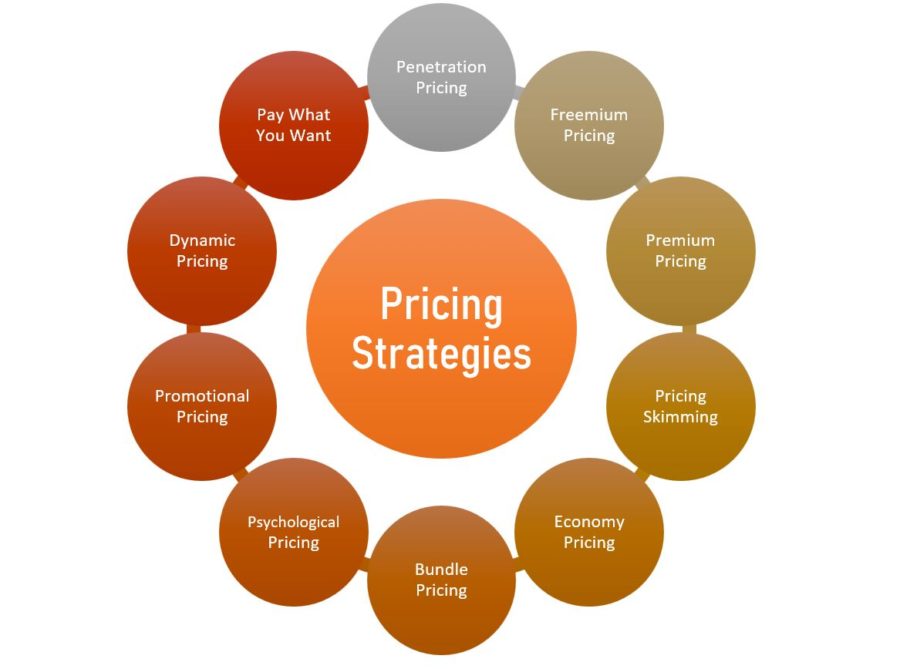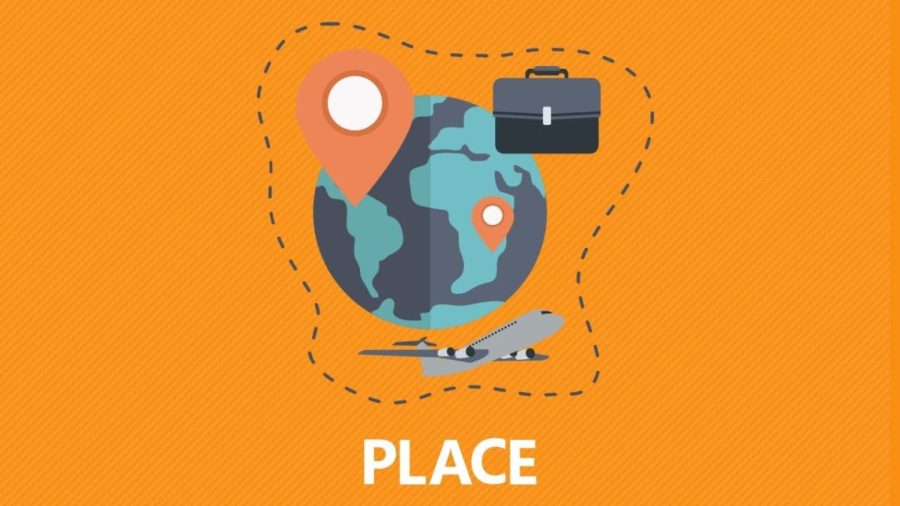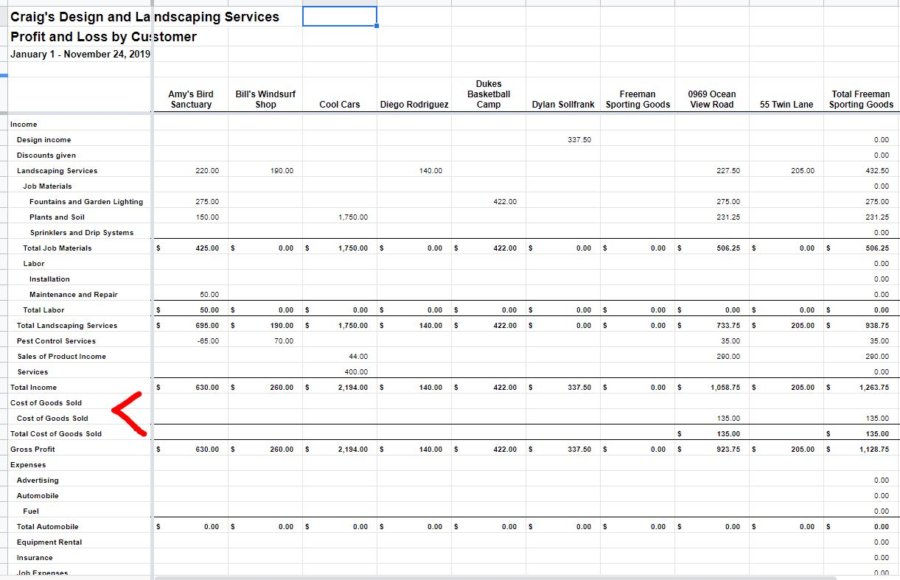
Every small business is concerned with marketing. Marketing activities are what drive sales. Without sales, no business is going to keep its doors open for long.
There are five general categories for marketing activities that every small business undertakes. These five primary marketing activity categories include:
- Market research
- Product and service selection
- Pricing
- Placement
- Promotion
Each product and service a small business sells might require different activities within these categories. The breadth and depth of the marketing activities might vary too.
Becoming proficient at each of these marketing activities will allow you to better understand your customers and solve their problems in a quick and efficient manner. A manner that makes them feel good about doing business with you.
Gather, analyze, and interpret info about your market
Market research can be time-intensive and complicated. But, it is one of those activities where even a little bit of effort is very beneficial. Market research lays the groundwork for the other marketing activities. It helps to direct your efforts in an efficient manner.
Different products and services probably serve different markets. So, you’ll want to understand the demand, market size, location, and market saturation for each of your products and services. Additionally, you’ll want to have a firm grasp on the competition and how you’ll set your small business apart.
People are diverse. Your product or service can’t be everything to everyone. You’ve got to divide people into categories so that you can better suit their needs. Categories such as gender, race, marital status, children, occupation, income, and education. Market research will help you decide which of these categories most of your customers will come from.
Armed with this powerful information, you’ll put your small business in a better position for success. Without market research, you’re left to guess about where to direct your marketing efforts. Therefore, you’ll likely waste time and money trying to reach your best customers.
Choose products and services based on market demand
Thorough market research helps you to refine your product or service. It will help you create the product or service that best meets customer needs. Additionally, critiquing your competitors is a critical part of market research. Deeply analyzing competitors’ products and services will help you to create something that is unique and fulfills a niche.
No matter what your product or service is, you will have competition. You can be certain of that. Even if there isn’t a product or service exactly like yours, you will still have to convince customers why yours is better than a substitute.
Offering the right products and services will make the rest of your marketing activities easier. Use what you learned from market research to create products and services that your customers are excited about. Doing so will make them that much easier to sell.
Assign value to the benefits you’re providing customers

Pricing can be somewhat complicated. It requires analyzing you and your competitors’ products and services from many different angles. There is no perfect answer when it comes to pricing either. You probably wouldn’t know the ideal price if you saw it.
I recommend reviewing the SpreadsheetsForBusiness.com Pricing Strategies for Startups video and post. There, you can also download the Price Sensitivity Meter. With the Price Sensitivity Meter, you look at a range of prices and make judgments regarding:
- When customers will question quality
- When customers would consider the price a bargain
- When customers would think the product or service is getting expensive
- When customers would consider the product or service too expensive
Of course, you can’t talk about pricing without considering costs. But, be sure not to fall into the trap of pricing strictly off of costs. There are a lot of other factors to take into consideration.
However, unless it’s done with a specific purpose in mind, make sure you are not pricing below your costs either. That’s not a strategy that can be maintained for very long.
Get products and services into customers’ hands

Placement has to do with how a small business delivers products and services to its customers. Not every company deals directly with the end-user. Sometimes, intermediaries such as distributors, wholesalers, or retailers are utilized.
If you are not dealing directly with the end-user, then you are, in essence, partnering with another business in order to get your products and services sold. Partnering with another business can allow you to scale up your marketing activities. But, the obvious downfall is that you lose a certain amount of control. In fact, your partner might also be partnering with your competition.
Just as with product (service) selection and pricing, you’ll want to keep your end-user in mind. Put yourself in that customer’s shoes and think about how your placement and distribution decisions affect the value that they receive.
Set your business apart from the competition
With a firm understanding of the other four marketing activities, you should be prepared to stand out from the competition with your promotional activities.
Promotion includes advertising, of course. But, it also includes sales, incentives, and any other direct contact you have with your customers.
Keep that in mind – anytime you are dealing directly with leads, prospects, or the public in general, you are engaging in promotional activities.
Marketing can have up to a 275% ROI
Any action your business takes to boost sales (and revenue) is a marketing activity. Having a great product or service is something to be proud of. However, if you don’t make prospects, leads, and existing customers aware of them, then it’s all for nothing.
The general categories listed above can be broken down into more specific activities. Marketing is a multi-faceted and complex subject. Most people aren’t an expert at all things marketing. Get help where you need it and be sure to review each activity periodically to make sure you’re getting the most out of your marketing efforts.









